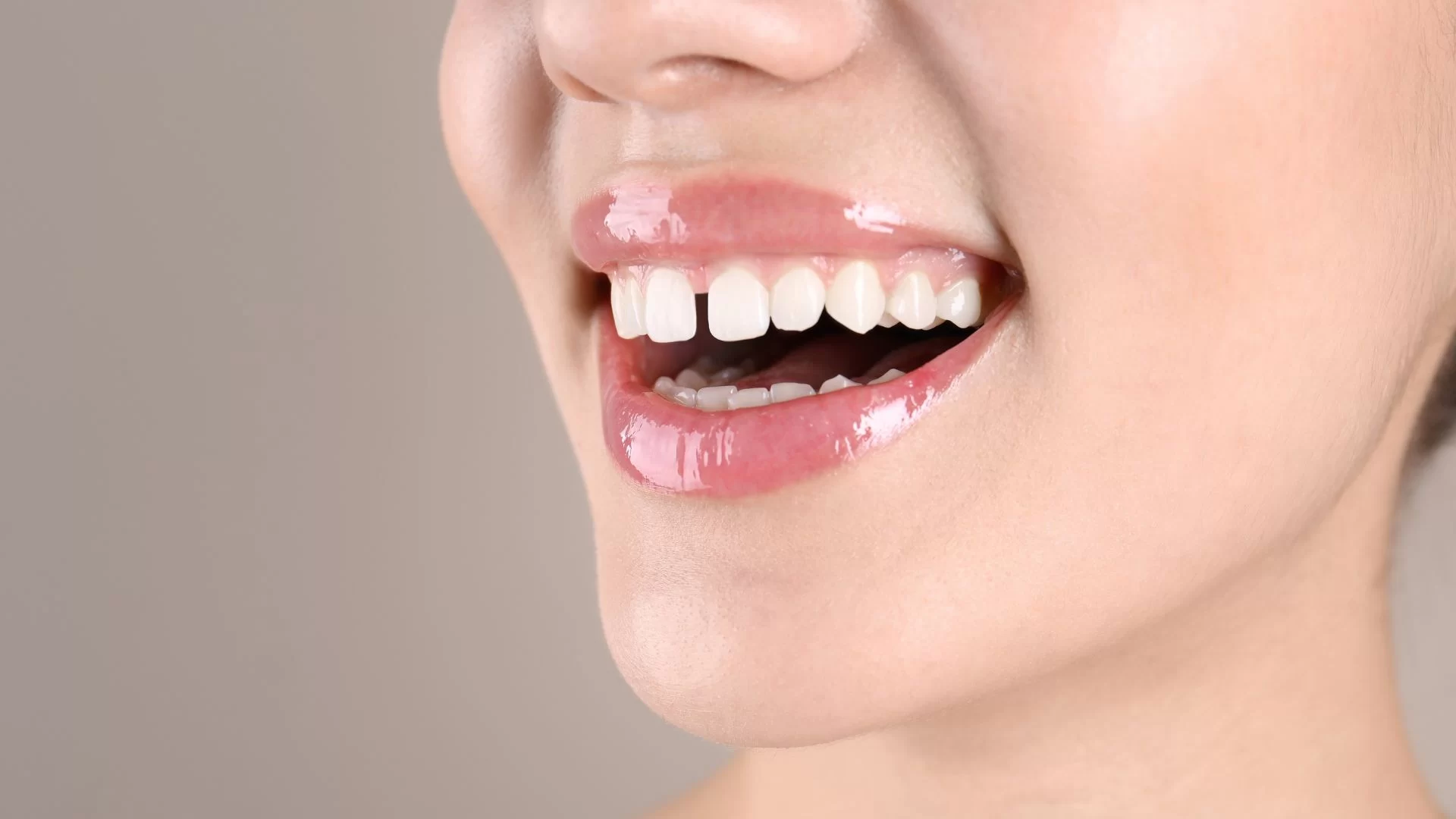
How to Get Rid of Gaps Between Teeth: A Complete Guide to Closing Gaps
- Understanding Gaps Between Teeth
- Causes of Teeth Gaps
- Solutions to Close Teeth Gaps
- Cosmetic Dental Options
1. Understanding Gaps Between Teeth
Gaps between teeth, also known as diastema, are a common dental issue where there is noticeable space between two or more teeth. While many people have natural gaps, they can sometimes be a source of self-consciousness. The size of the gap can vary from a small space to a significant distance, and it can affect both the upper and lower sets of teeth. Understanding what causes these gaps is crucial in determining the best treatment options available.
2. Causes of Teeth Gaps
There are several reasons why gaps between teeth may develop. These can include:
- Genetics: In many cases, gaps between teeth are hereditary. If your family members have diastema, it’s likely that you might develop gaps as well.
- Tooth size and jaw size: If you have small teeth or a larger-than-normal jaw, this can create excess space between your teeth.
- Gum disease: Periodontal disease can lead to the loss of teeth or weakened teeth, which may create gaps.
- Bad habits: Thumb sucking, tongue thrusting, or prolonged use of a pacifier can cause gaps by pushing the teeth apart.
Identifying the cause is an essential step in choosing the most effective way to close the gap. In some cases, the gap may be due to underlying dental health issues that require attention before proceeding with cosmetic procedures.
3. Solutions to Close Teeth Gaps
There are several treatment options available to close the gaps between teeth, depending on the severity and cause of the gap:
- Braces: Traditional metal braces are one of the most common ways to close gaps between teeth. Braces gradually move the teeth into their correct positions, effectively eliminating gaps over time.
- Clear aligners: For a more discreet option, clear aligners like Invisalign can be used to straighten teeth and close small to moderate gaps. They are transparent and removable, providing both comfort and flexibility.
- Dental bonding: Dental bonding involves applying a tooth-colored resin to the teeth to fill in the gap. This is a quicker, more affordable solution for smaller gaps but may not be as durable as other treatments.
- Veneers: For a more permanent and aesthetic solution, veneers can be applied to the front of the teeth. These thin shells of porcelain are custom-made to fit over the teeth and can close gaps effectively while improving the overall appearance of your smile.
Each of these options has its own set of benefits, depending on the extent of the gaps and your personal preferences. A dentist or orthodontist will help determine the best treatment for your specific needs.
4. Cosmetic Dental Options
For those seeking a more cosmetic approach to closing gaps between teeth, there are several options to consider. These treatments are typically non-invasive and can quickly provide dramatic improvements:
- Dental bonding: As mentioned, bonding is a cost-effective way to close small gaps. It’s especially popular for people looking for a quick fix without the need for braces.
- Veneers: Veneers not only close gaps but also improve the color and shape of the teeth. This is a great option for those who want to enhance both the size and appearance of their teeth.
- Smile makeovers: A smile makeover may involve a combination of treatments to address gaps, shape, and color of the teeth. This approach ensures a holistic transformation of the smile.
These cosmetic dental options are great for those seeking to improve the appearance of their smile without undergoing lengthy orthodontic procedures. However, it’s important to note that these treatments may not always be suitable for everyone, especially if the gap is caused by structural issues.
If you’re ready to explore the best options to close the gaps between your teeth or learn more about the process, visit Dentistry Toothtruth for expert consultations and personalized advice.


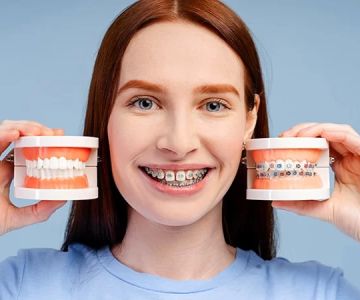
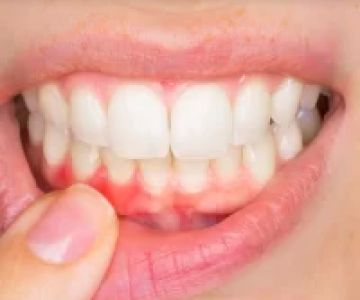
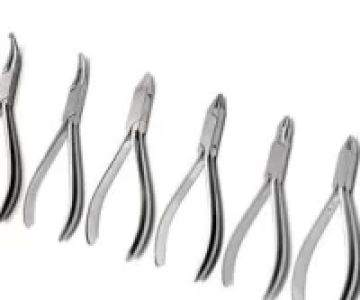
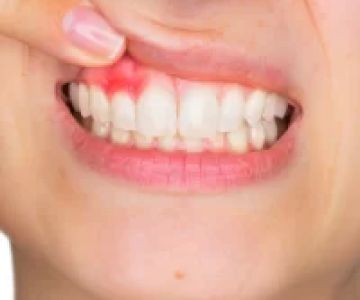

 Westgate Dental Arts
Westgate Dental Arts Coventry Family Dental
Coventry Family Dental Familia Dental
Familia Dental Dr. Daniel S. Fife, DDS
Dr. Daniel S. Fife, DDS Dentistry At Suburban Square: Michael I. Wollock, DMD
Dentistry At Suburban Square: Michael I. Wollock, DMD Comfort Care Dental
Comfort Care Dental The Importance of Oral Health Education During Pregnancy for a Healthy Pregnancy
The Importance of Oral Health Education During Pregnancy for a Healthy Pregnancy Why Skipping Dental Checkups Can Lead to Bigger Oral Health Problems
Why Skipping Dental Checkups Can Lead to Bigger Oral Health Problems Advantages of Porcelain Dental Restorations
Advantages of Porcelain Dental Restorations Best Tips for Brushing Your Teeth Properly for Healthy Gums: Essential Techniques for Oral Health
Best Tips for Brushing Your Teeth Properly for Healthy Gums: Essential Techniques for Oral Health How Can Diabetes Cause Tooth and Gum Problems? Preventing and Managing Oral Health Issues
How Can Diabetes Cause Tooth and Gum Problems? Preventing and Managing Oral Health Issues Healthy Habits for Promoting Good Oral Health and Hygiene: Tips for a Healthy Smile
Healthy Habits for Promoting Good Oral Health and Hygiene: Tips for a Healthy Smile